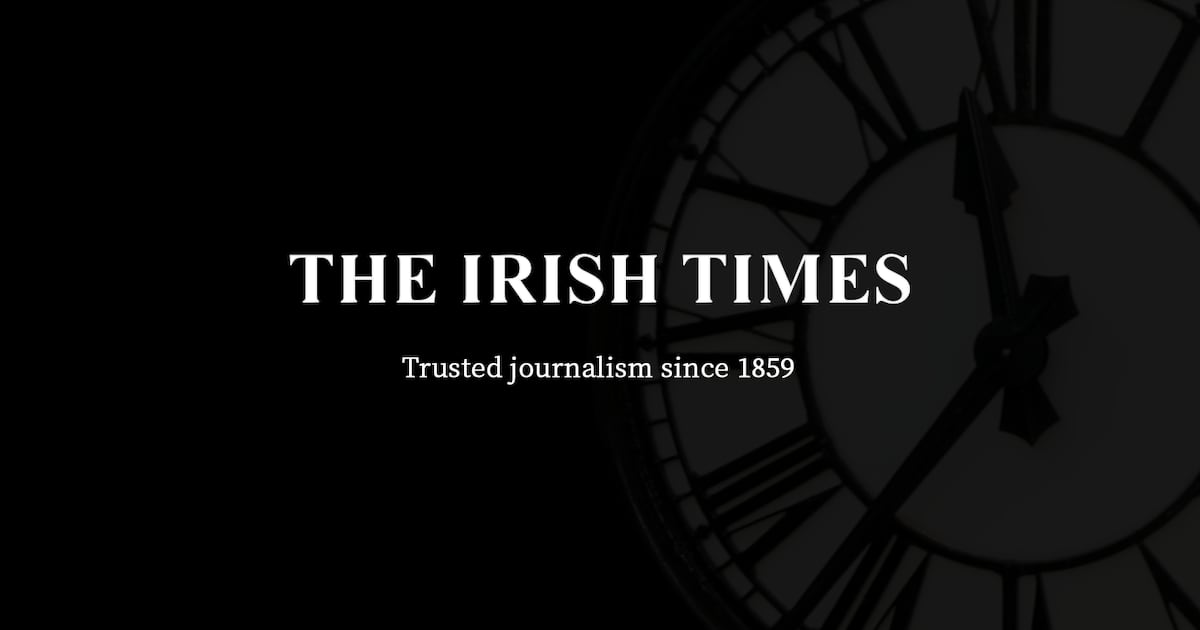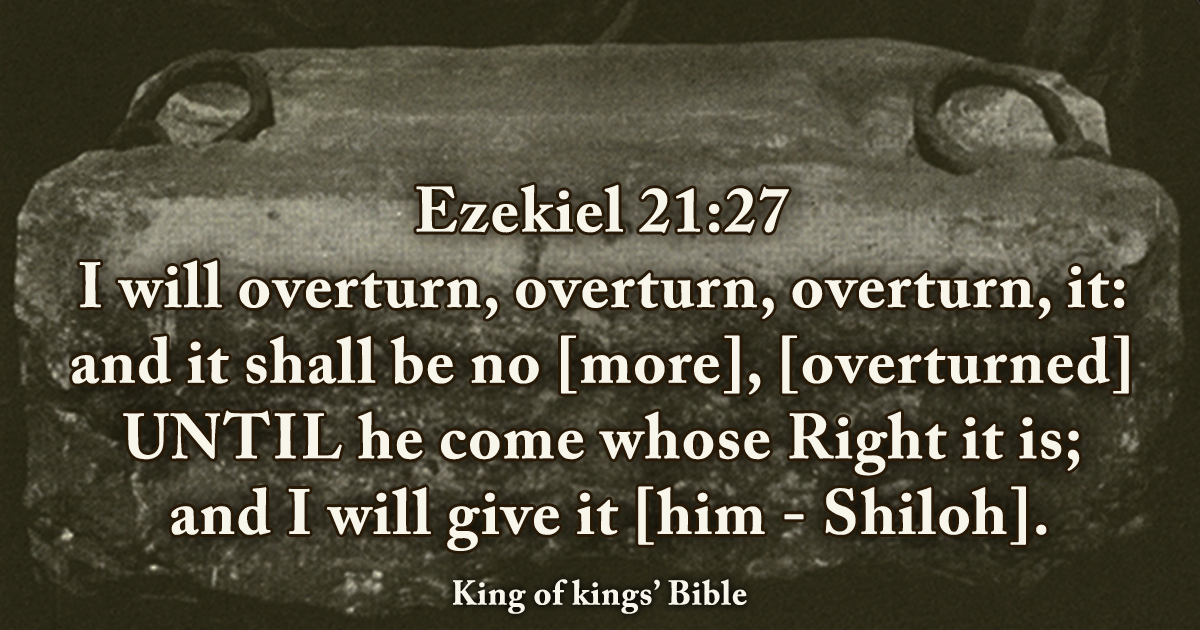@A Freeman:
I doubt few people on the forum are aware Anthony John Hill was a published author.
The book didn't get an exactly complimentary review from the Irish Times newspaper though....
Here is the whole article, just in case it is removed for whatever reason.
Demolishing the myths at Tara - Irish Times (1998)
As the millennium draws to a close, a man has prophesied that the Ark of the Covenant is resting under the hill of Tara
Sat May 30 1998 - 01:00
As the millennium draws to a close, a man has prophesied that the Ark of the Covenant is resting under the hill of Tara. An isolated case of millenniumitis? Rather, a strange case of history repeating itself, as part of the Tara complex was destroyed at the turn of the last century, also in an attempt to unearth the Ark. It is unlikely that this latest fin de siecle request to excavate will be granted, especially as John Hill, the man in search of the Ark, has said it is located in or under the mound of the hostages. This mound was completely excavated in the 1950s . . . there were burials, cremations and a variety of grave-goods found - but no ark.
Mairead Carew, an archaeologist who is writing a book on the British Israelites' search for the Ark, is incensed with the publicity Hill has been getting recently. "I think it's incredible the media who were so tuned in, 100 years ago, to the destruction of a national monument that they launched a campaign to stop it, are now giving credence to Mr Hill who believes `If the Ark of the Covenant is still upon the Earth and not already inside the New Jerusalem' which is a ship the size of a city, that it is going to come down out of the sky (Revelation/Apocalypse 21:2 and 10) then it will be buried with Tephi at Tara," she says.
But, why the belief that the Ark rests at Tara, a place built for Pagan ritual? The British Israelites were founded in the 1850s, by John Wilson, a "linguist", who was of the opinion that the English language was descended from pure Hebrew. Those adhering to British-Israel doctrine believed that they were one of the lost tribes of Israel and descended from the ancient Hebrews. God's chosen people, they were destined to wander in the wilderness until they found the promised land. If they obeyed God's laws they believed they would find this land. The covenant found its physical expression in the Ark.
"The conclusion that the resting place of the Ark was at Tara was based on their own mythology about the subject, which was an unusual mixture of early Irish history, genealogy, pseudo-etymology and Old Testament rhetoric which was discussed at length in their association's journal, the Covenant People," explains Carew, who is working with the Discovery programme, a research organisation which is funded by the Heritage Council. At this stage, Tara would have been regarded as a British Royal site, she adds.
--
In June 1899, Walton Adams, British-Israelite, archaeologist and freemason, and Charles Groom, British-Israelite and Freemason, arrived at Tara to commence explorations. They had received permission from the land owner, Mr Briscoe, a fellow freemason. The Ark of the Covenant is a very significant symbol in freemasonry.
By January 1901 the media campaign to put a stop to the explorations began in earnest. Arthur Griffith, editor of the United Irish- man, and Maude Gonne had visited Tara in December 1900. Maude Gonne subsequently wrote an article for the journal, describing a procession of strange people, walking on the hill to the accompaniment of harp music. Griffith, in common with other nationalists, believed Tara was "a living reminder of the former glory of an enslaved and half-debased nation."
He regarded the British Israelites as huns and barbarians. The Royal Irish Academy and the Royal society of Antiquaries also came in for censure. Griffith described them as "associations of men receiving pensions from the Anglo-Saxon government". The Royal Irish Academy was full of "old dotards whose veins are full of dirty water" while the Office of Public Works was full of "foreigners". The Royal Society of Antiquaries in Ireland was further described in the United Irishman as a body which "existed somewhere in Dublin in a state of coma". Its members were "ready to sell Tara for dinner and champagne".
The media campaign took on an international dimension when Maud Gonne had a letter published in L'Eclair, a Parisian newspaper. Then, a letter from W.B. Yeats, Douglas Hyde and George Moore, lamenting the destruction of Tara, was printed in the London Times.
In 1902, Maude Gonne organised a children's excursion to Tara. In a letter to W.B. Yeats in August of that year, she wrote: "Our children's excursion was a great success, and everybody enjoyed the day immensely. Briscoe had prepared an enormous bonfire to be lighted in honour of the King of England's coronation. We felt it would serve a better purpose if burnt in honour of an independent Ireland so lighted it and sang A Nation Once Again. The constabulary didn't like it at all and danced and jumped with rage - they added greatly to the fun."
The excavations came to an end in 1903, largely due to the pressure exerted in the media by Maude Gonne and other nationalists.
As to the present claim that the Ark lies with Tea or Tephi, Edel Bhreatnach, a historian working with the Discovery Programme, says that Tea appears in the Lebor Gabala Erenn, the book of the taking of Ireland. Thea is reputed to have been an Egyptian from Thebes who married Erimon.
To cure her homesickness, he promised to build a dun for them on the loveliest hill in Ireland. He would cast a spell on the dun so that the longing for home would not come upon her. While there are elements of historical fact in the Lebor Gabala Erenn, Bhreatnach says most of it is pseudo-history or a fictitious history put together by Irish medieval men of learning.
The old Irish name for Tara, Temair, has been interpreted as Tebe-mur, the wall of Thebes or Tea. This explanation is a folk etymology - guesswork as to what the origin of the word might be, explains Bhreatnach. In reality the name Temair probably means something like a scared space or sanctuary, which is what it was until the coming of Christianity, she adds. Surely, an unlikely resting place for the Ark, symbol of a covenant made between God and the Jewish people?
Sadly, for those who would still like to dream of an ark under Co Meath's verdant grass, the Discovery Programme has dealt a further blow to their hopes in the shape of Conor Newman's recently-published book Tara - An Archaeological Survey. For three years, between 1992 and 1995, Newman carried out a non-invasive survey of Tara using the most-up-to-date equipment. The result . . . new insights into ancient landscape but, definitively, no ark.






